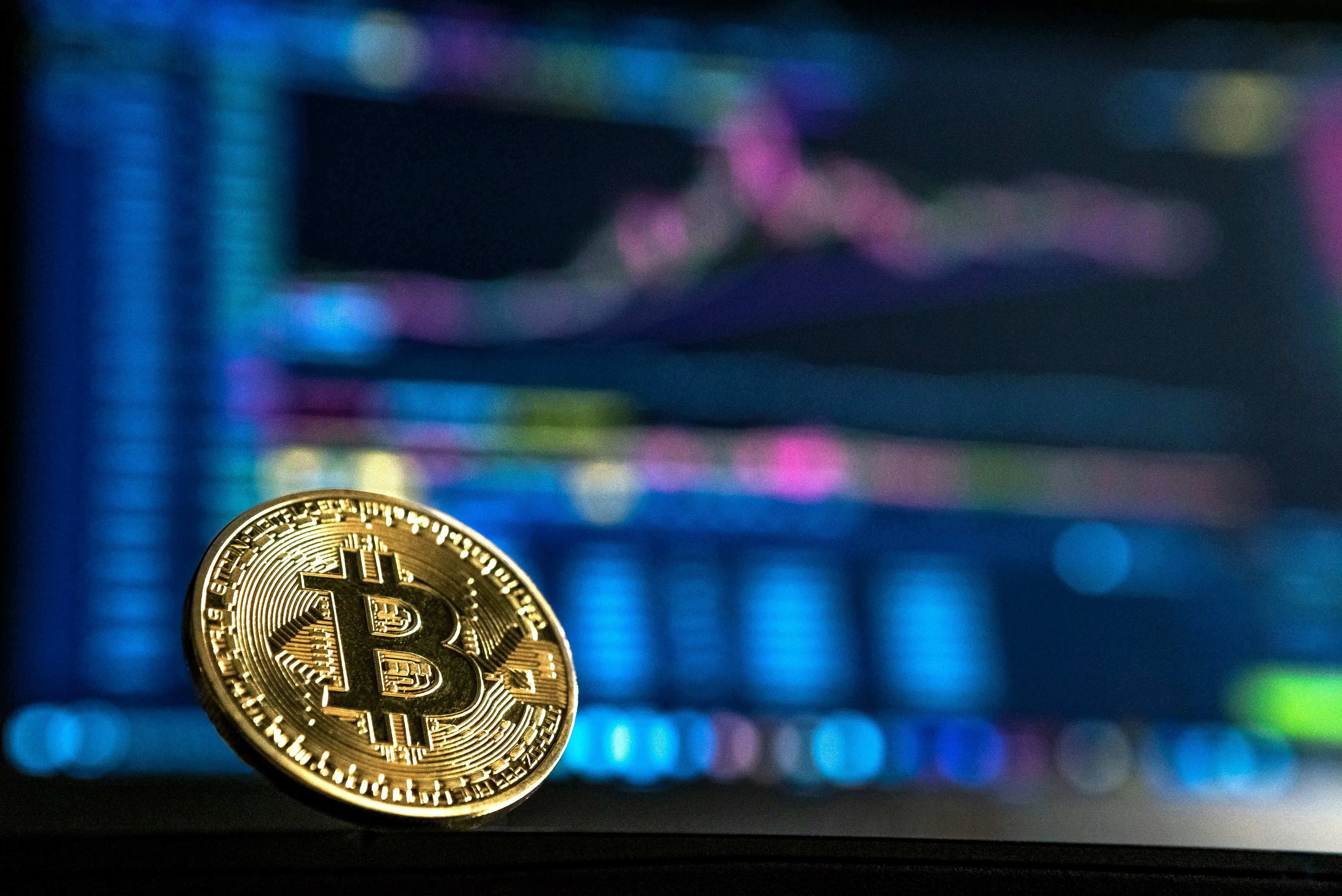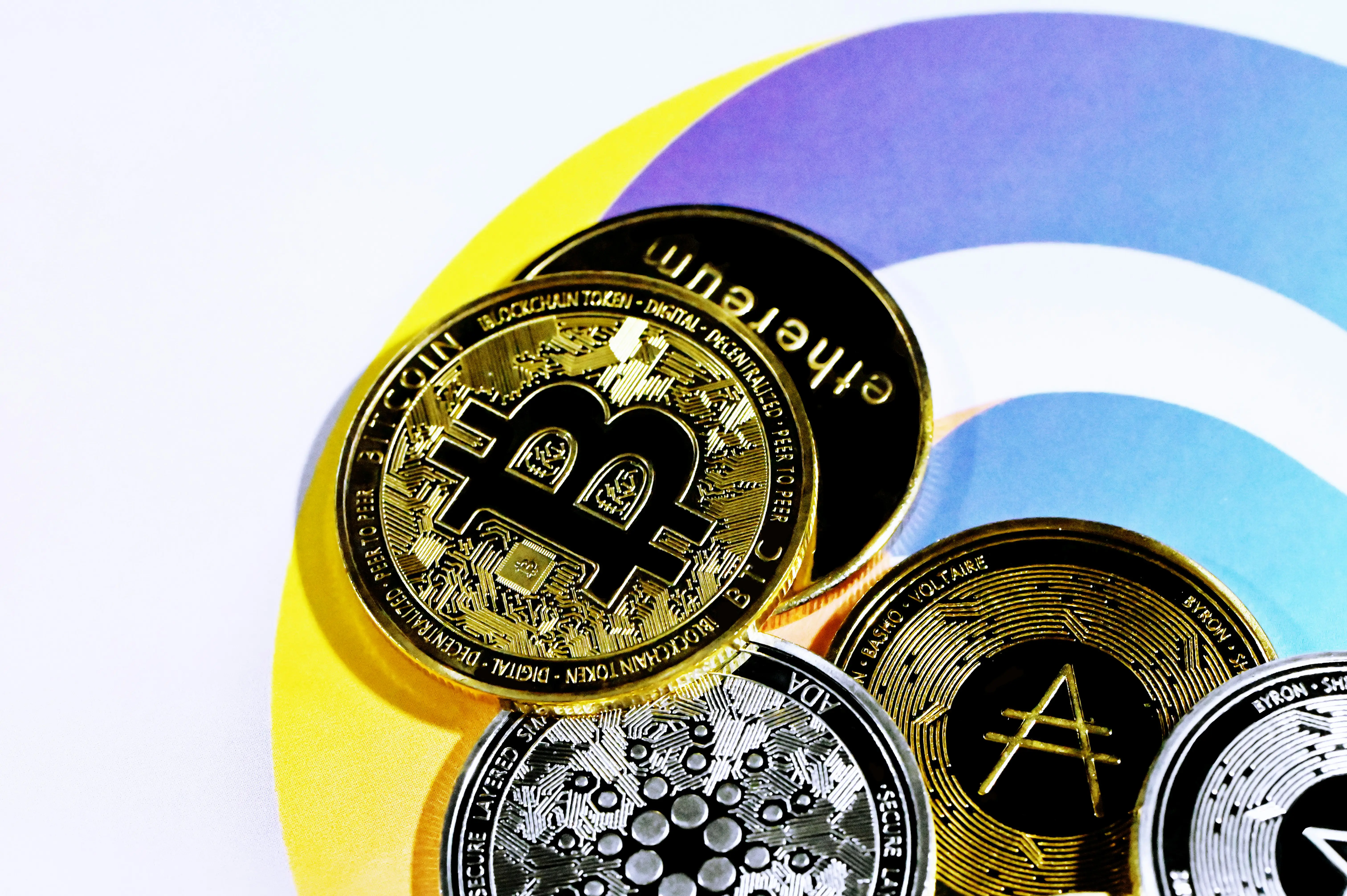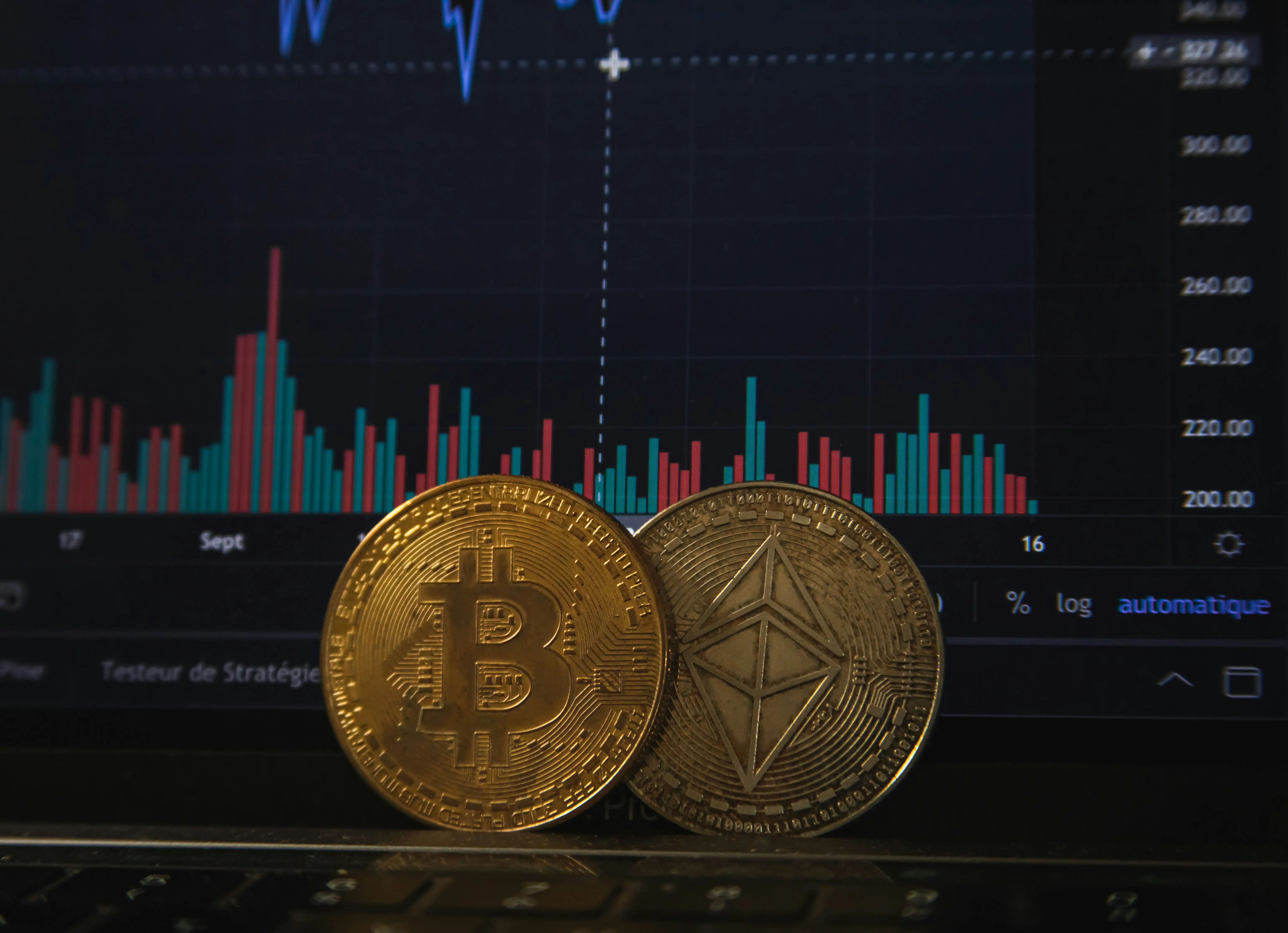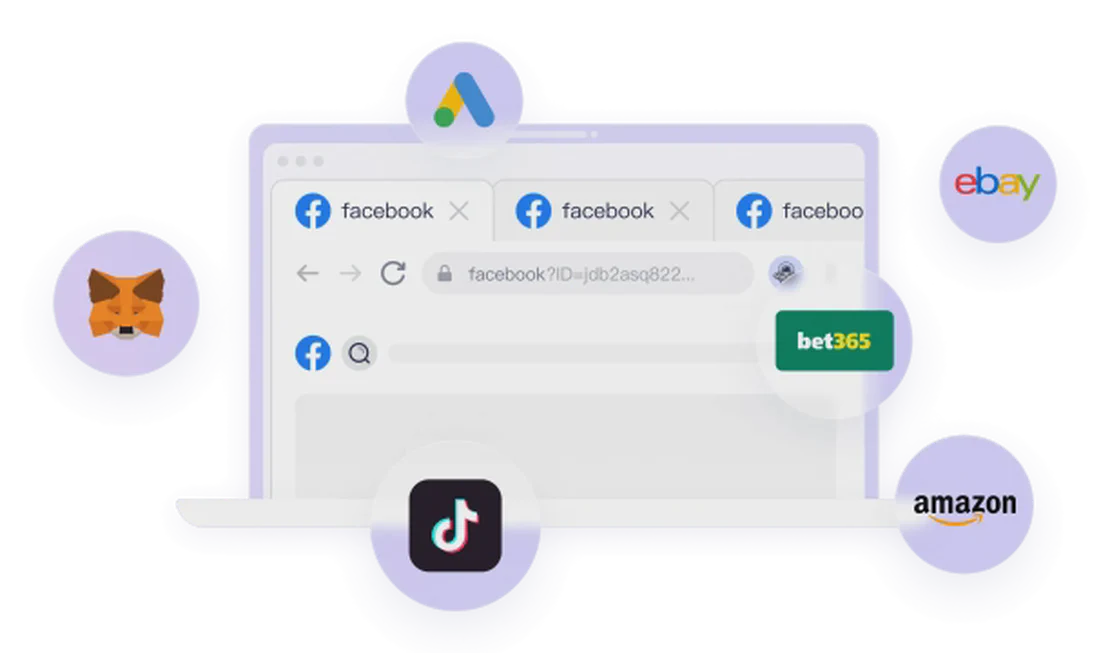Thirteen years ago, when someone told you to buy Bitcoin at $28 a coin, like most of us, you walked away. Because none of us could explain what this “code” was actually worth. Today, Bitcoin has silently become the ninth largest currency on Earth, and it took only 6,132 days to get there. How on earth did this happen? More importantly, if this revolution is just getting started, what does the future hold?
Perhaps we’ve been asking the wrong question all along. Bitcoin’s core secret isn’t in its code or its price, but in its redefinition of “trust,” a cornerstone of human society. The essence of money is not paper or numbers on a screen; it’s a “collective hallucination,” a medium we all agree on to trade the value of our labor. But history has taught us that every delegation of trust can be abused. Banks can freeze your account over your political views, and governments can print unlimited amounts of currency, eroding the value of our hard work. We are facing a deep-seated “crisis of trust.”

From Gold’s “Minstrel” to Math’s “Minstrel”: The Evolution of Money
To solve the trust problem, humanity has tried countless solutions. From shells to gold, we’ve searched for a “value minstrel”—a portable, storable, and easy-to-transfer vessel of value. Gold was once humanity’s perfect “minstrel.” It can’t be created out of thin air, its authenticity can be verified, and it enjoys unparalleled global consensus. However, even gold failed the “test of trust.”
To use gold, we still needed to trust middlemen—bankers to issue paper notes representing it, and governments to promise to exchange that paper for it. The result? Banks issued more paper than they had gold, and governments raided the vaults themselves, suspending the gold promise whenever it was inconvenient. Gold itself was perfect, but humans, in introducing it as money, re-installed a “backdoor” of distrust.
This leads to the central question: How do we create a digital form of money that is both portable and possesses the immutable, non-abusable properties of gold? This requires solving four major problems:
- Preventing “Double-Spend”: How do you make a digital file like a physical object, one that can only be used once?
- Decentralized Ledger: How can we fairly decide who gets to update the ledger without a central authority?
- Resisting Attacks: How do we prevent someone with a supercomputer from controlling the entire network?
- Building an Incentive: Why would anyone spend energy to participate in this system?
The birth of Bitcoin was to perfectly answer these four problems, ultimately finding a “minstrel that never cheats”—math.
Bitcoin: The Song of Math, an Undeniable Truth
Bitcoin’s solution is a set of exquisitely interlocking, elegant moves.
The Blockchain—The Cloud-Based Scoreboard: Bitcoin created a public, transparent, and immutable “scoreboard in the cloud.” Every transaction is permanently recorded for everyone on the network to see, completely eliminating the “double-spend” problem. Try to cheat? The scoreboard immediately shouts back, “Nah, homie. That coin has already been spent.” The problem of copy-pasting is solved.
Proof of Work—A Fair Game: To replace the “banker,” Bitcoin introduced a massive game called “Proof of Work” (PoW). You’re not “working”; you’re guessing a password. This process requires no special skill, only massive amounts of electricity and computing power. The first one to guess correctly wins the right to add the next page to the “scoreboard.”
Why this game? Because it has perfect properties: hard to win, but easy to verify. A cheater trying to create a million fake “players” for free would have to pay an astronomical electricity cost, making it economically infeasible. For an honest participant, you only need to check the password once to confirm they did the real work. Math replaces the banker as the most impartial referee.
The Difficulty Adjustment—The Heartbeat: Worried someone with a supercomputer would dominate the game? Bitcoin’s “difficulty adjustment” mechanism acts like an automatic thermostat. It adjusts the difficulty of the password based on the total computing power of the network, ensuring that whether a few thousand or a few million people are playing, someone will successfully add a new block to the ledger approximately every 10 minutes (Bitcoin’s heartbeat). This keeps the network’s power in a dynamically balanced, secure state.
The 21 Million Supply Cap—An Unbreakable Promise: This is the foundation and incentive of the entire system. Participants burn electricity to maintain the fairness of the scoreboard, and in return, they are rewarded with Bitcoin. The total supply of Bitcoin is permanently capped at 21 million. This makes every single Bitcoin unique and scarce. Just like “mining gold,” your computer is the pickaxe, and you know for a fact that the total amount of “gold” on Earth will forever be 21 million.
Combining these four elements, a perfect picture emerges: a global monetary system that is public, transparent, driven by math and energy, and has a predictable, limited supply. For the first time in history, money is not made valid by a king, a corporation, or anyone else. It is driven entirely by a set of open-source code and incentive rules.

The Choice: Old vs. New System, Your Property, Your Rules
Today, the world faces a historical crossroads. On one side is the fiat system, represented by dollars, euros, and others—a system built on politics, with collapsing trust and an unlimited supply. On the other is Bitcoin—an open-source system rooted in mathematics, with predictable rules and a transparent, limited supply of 21 million.
No one can predict Bitcoin’s final price, but we can predict the long-term trend of the fiat system. Because of this, Bitcoin offers us a new choice—a treasury of wealth that truly belongs to you, free from any form of interference.
But to truly own and securely manage this “digital vault,” understanding its philosophy is not enough. In the world of Bitcoin, your wealth is your private key. As long as you have the key, you have your Bitcoin. However, this means that onus of security shifts completely from institutions (banks) to the individual. This is why many choose to store the bulk of their assets in cold wallets, like hardware wallets, to isolate them from online risks.
But for a true believer or an institution, simply “holding” is not enough. You must also participate in the ecosystem. You might need to:
- Engage in arbitrage trading across different exchanges.
- Diversify by holding multiple crypto assets.
- Act as a “miner” or “validator” to help maintain the network.
- Explore new DeFi protocols, NFT projects, and more.
When you engage in these diverse, high-frequency on-chain and off-chain activities, if you still use a single network environment and digital identity, all your behavioral footprints will be linked together. This is not just a privacy issue but a huge security risk. Exchanges and projects can easily identify your multi-account activities, possibly restricting your trading or excluding you from airdrops. Malicious actors could also perform correlation analysis to identify your core asset address.
FlashID Anti-Detection Browser is designed to help users achieve complete control over their digital sovereignty in the financial revolution launched by Bitcoin. It doesn’t care which currency you believe in; it only cares about how you securely and efficiently manage your digital identities and assets.
With FlashID, you can create a separate, clean, and anonymous digital environment for each of your digital “roles.” For example:
- The “HODLer’s Vault”: One FlashID environment is dedicated to interacting with your hardware wallet for receiving and sending assets, maximizing the security of your core holdings.
- The “Trader’s Workshop”: Another FlashID environment is used to log into your various exchange and DeFi protocol accounts to perform complex strategy analysis and high-frequency trading without worrying about your “main account” being linked or restricted.
- The “Explorer’s Outpost”: Use a brand new FlashID environment to explore early-stage projects, participate in community interactions, and prepare for future airdrops and opportunities. Your exploratory behavior will be completely separate from your other assets.
Each FlashID environment has its own independent IP, browser fingerprint, and digital credentials, making it a separate “digital citizen.” This level of isolation allows you to diversify and explore safely in the world of Bitcoin without worrying that a mistake in one identity will compromise your entire fortune. It provides you with a “submarine” and an “invisibility cloak” for free navigation in the ocean of decentralized finance.
In an era of transitioning monetary systems, we have an unprecedented right—the right to choose. And with that choice comes an unprecedented responsibility. Master the tools in your hands, protect your digital gold with even greater caution than you would physical gold—this is the lesson everyone entering this new world must learn.

Frequently Asked Questions (FAQ)
Q: What is the fundamental difference between Bitcoin and gold?
A: The key difference is the object of trust. Gold’s value depends on trust in its physical scarcity and on trusted intermediaries to facilitate transactions. Bitcoin’s value relies entirely on mathematics, code, and the laws of physics (energy conservation), allowing it to be transferred peer-to-peer without any middleman.
Q: Is it true that “Proof of Work” is a waste of electricity?
A: This is a common misconception. Think of PoW as an “energy tax” used to maintain network security and achieve global consensus. It creates an extremely expensive network that is resilient to attacks. The energy consumed powers a trustless, censorship-resistant global payment network, and its value is directly correlated with its cost.
Q: Can Bitcoin really replace fiat currencies?
A: For the foreseeable future, Bitcoin is more likely to serve as “digital gold,” a final store of value, rather than a daily transaction medium. The fiat system still has advantages in convenience and macroeconomic management. The future will likely see both systems coexist, but Bitcoin offers an indispensable value anchor to the world.
Q: Why a 10-minute block time? Is that number fixed?
A: 10 minutes was a balanced point set by Bitcoin’s creator, Satoshi Nakamoto. It couldn’t be too fast (would risk network overload and frequent forks) or too slow (would lead to long confirmation delays). This time was an estimate based on network conditions at the time. While theoretically modifiable, it would require near-unanimous consensus, so it’s unlikely to change.
Q: How can an ordinary person safely start to own Bitcoin?
A: For beginners, it’s recommended to follow these three steps: 1. Learn: Deeply understand concepts like private keys, seed phrases, and wallets. 2. Buy a Small Amount: Make a small purchase through a reputable, compliant exchange. 3. Self-Custody: Transfer the purchased Bitcoin to a wallet you control (like a software or hardware wallet) to experience the feeling of truly owning your assets.
Q: Could the computing power of “whales” (large holders/miners) pose a threat to the Bitcoin network?
A: Due to Bitcoin’s “difficulty adjustment” mechanism, the network automatically adapts to changes in computing power. Even if a single mining pool or “whale” had a huge advantage, they couldn’t unilaterally change or attack Bitcoin’s consensus rules, because doing so would require an overwhelming majority of the network’s hash power, which is economically and technically almost impossible.
Q: How anonymous is Bitcoin? Can my transactions be traced?
A: Bitcoin transactions are pseudonymous, not anonymous. All transactions are publicly and permanently recorded on the blockchain, and the balance and flow of any address can be tracked. However, they are not directly linked to your real-world identity. Achieving anonymity requires certain technical skills (like using a mixer service), which is why many users prioritize privacy.
Q: In what scenarios would I need a multi-account management tool like FlashID?
A: In the cryptocurrency world, when you need to engage in arbitrage, cross-platform asset management, multi-chain interactions, participating in airdrops, NFT hunting, or quantitative trading, you need to create independent digital identities for different strategies to avoid platform risk and asset correlation. This is precisely FlashID’s core value.
Q: Besides cryptocurrency, where else can FlashID be used?
A: It’s useful for any scenario involving the management of multiple online identities where you want to prevent them from being linked. For example, managing multiple ad accounts in digital marketing and affiliate marketing; managing multiple storefronts in cross-border e-commerce; operating multiple social media IPs for social media marketing; and even for web scraping, where each scraping task is run in a separate environment to prevent being blocked by target websites.
Q: For a user who only wants to long-term hold Bitcoin, is FlashID still useful?
A: Absolutely. In this case, FlashID’s role is a “security buffer zone.” You can use one environment to receive, manage, and send your core Bitcoin assets—the “vault area” you need to protect most. You can use other environments for daily browsing, learning, and interacting with the community. This way, even if your daily-use environment is compromised by malware, your core assets remain secure and separate.
You May Also Like
